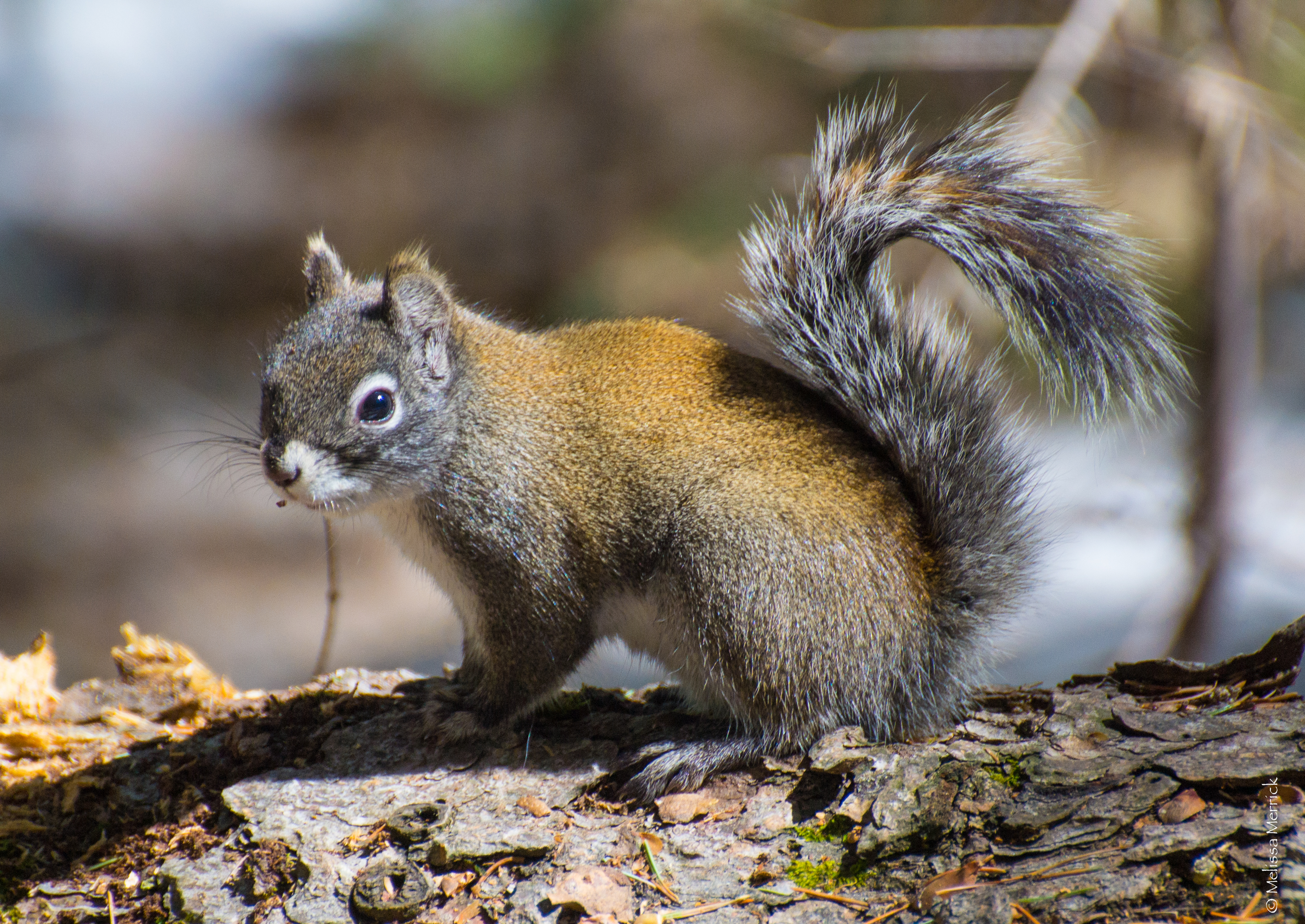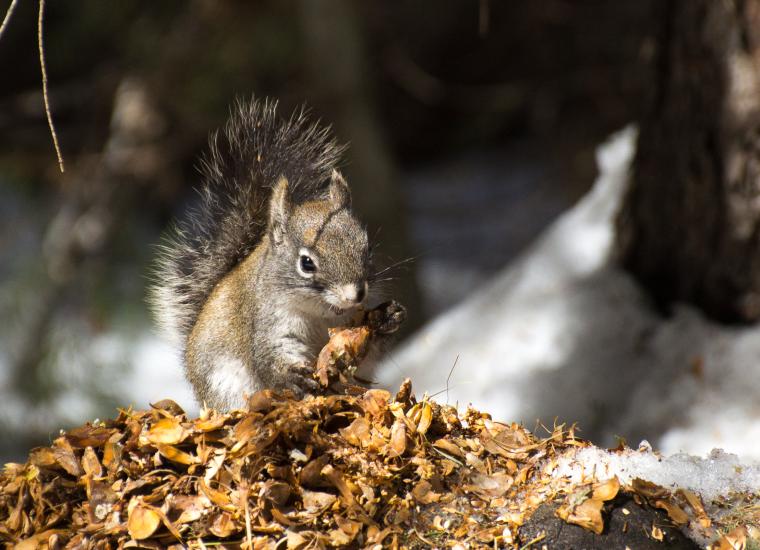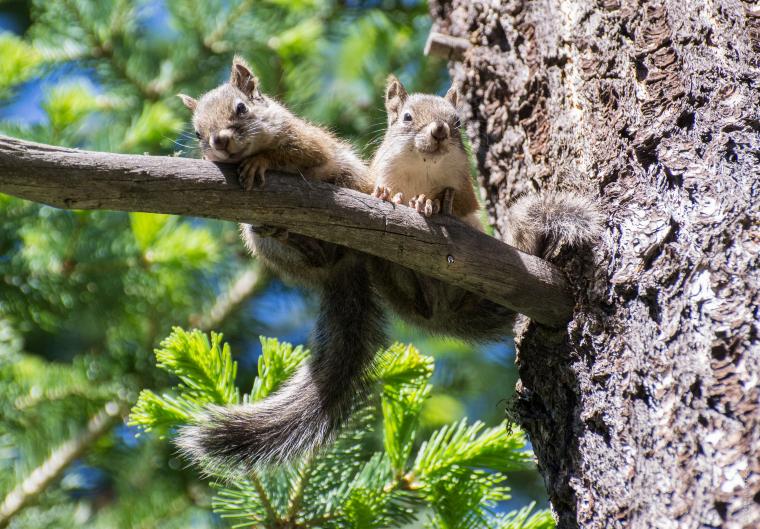Dissertation research published in PLOS One!
MtGrahamRedSquirrel_MM.jpeg

KCRL alum Marina Morandini used a non-endangered species, the Fremont’s red squirrel (Tamiasciurus fremonti fremonti) to evaluate which translocation strategy might be most successful for their endangered counterparts, the Mt. Graham red squirrel (Tamiasciurus fremonti grahamensis). Translocation of Mt. Graham red squirrels may be necessary if their habitat is depleted enough to warrant assisted migration to better quality habitat either on Mt. Graham or other mountains. The Phoenix Zoo is also working to breed Mt. Graham red squirrels in captivity to augment populations, and information about how best to translocate captive squirrels into the wild is needed. Because Mt. Graham red squirrels are so few in number, and translocation success varies widely between species, season, and translocation strategy, it is necessary to use a substitute subspecies to first pinpoint which translocation strategy is most effective for the species.
To explore factors leading to translocation success, Morandini translocated Fremont’s red squirrels in both fall and winter using either soft or hard release strategies. Soft release includes translocating individuals to a new site within a protective enclosure with a nest box and supplemental food.
GH_male_March2018-57.jpeg

After several days, the enclosure is opened, allowing the animal to leave when it chooses. Hard release instead translocates individuals to a new site within a new nest box, containing insulation material and supplemental food. The nest box is opened after a single night, releasing the squirrel into the new site almost immediately following translocation.
Morandini found that survival after translocation was not affected by translocation strategy or season, but that squirrel behavior following translocation varied by season. Squirrels moved shorter distances and took fewer days to settle in winter versus fall. Heavier squirrels were more likely to survive translocation, which led to a drop in body mass regardless of season. Red squirrels are very territorial, and resident squirrels in translocation areas often influenced settlement success. Translocation of red squirrels into areas on Mt. Graham with no resident squirrels may therefore have different results.
MGRS_juvies-10.jpeg

Morandini’s findings inform future translocation efforts for endangered Mt. Graham red squirrel and highlight ecological constraints that warrant further research and consideration for future red squirrel management efforts. Selecting animals with higher body mass will help increase survival. Though Morandini saw no statistical difference between soft and hard release techniques, the presence and density of resident squirrels may affect these results, and more research on the effects of competition is needed.

